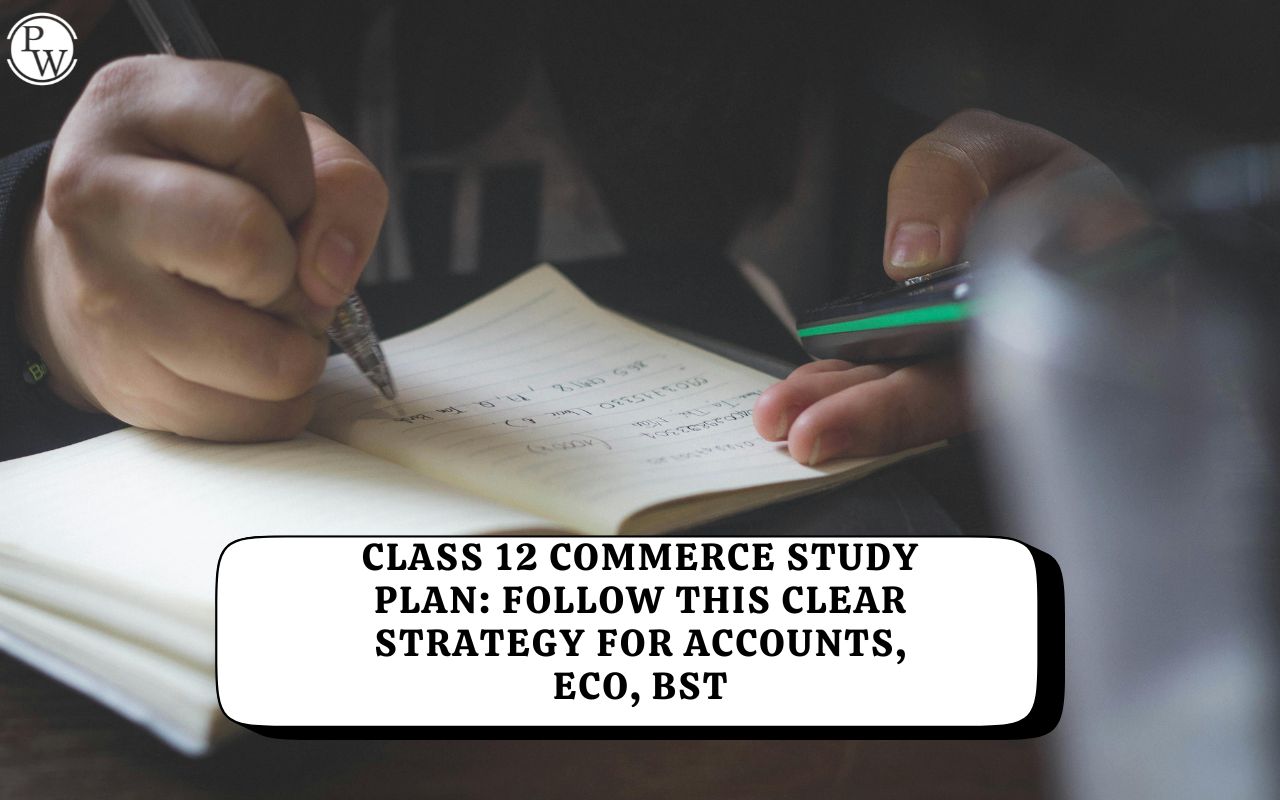

Dissolution of Partnership and Dissolution of Firm: Dissolution of Partnership is the end of a partnership business. It occurs because when the valid affiliation between all of the partners ends, it is referred to as the dissolution of an enterprise.
When one of the partners becomes disabled, the relationship between that person and the other partners ends, but the enterprise may continue to exist if the other partners want.
It is key to emphasize that the Dissolution of a firm requires the dissolution of all partners' relationships.
What is the Dissolution of Partnership?
Dissolution of partnership is the formal termination of a business partnership. In a partnership, several individuals or entities come together to run a business and make a profit. Dissolution happens when these partners decide to end their partnership, often due to reasons like disagreements in business objectives, financial challenges, or personal circumstances.
During the dissolution process, the partners actively engage in various activities to close the partnership. This includes settling outstanding debts, selling assets, and dividing any remaining profits or losses among the partners, as per their pre-established agreements.
What is the Dissolution of Firm?
The Dissolution of a firm refers to the formal process of ending a business or company. It occurs when the owners or partners decide to cease their joint business operations, usually due to various reasons such as differences in business goals, financial difficulties, or the completion of a specific project.
Dissolution of Partnership and Dissolution of Firm
| Aspect | Dissolution of Partnership | Dissolution of Firm |
| Nature of Entity | A partnership involves multiple individuals or entities working together under a shared agreement. | A firm generally refers to a broader business entity, which can include partnerships, corporations, or other business structures. |
| Legal Formality | Dissolution of partnership may not always require formal legal procedures, depending on the partnership agreement. | Dissolution of a firm is typically a more formal legal process, often involving legal documentation and compliance with regulatory rules. |
| Scope of Business Operations | Partnerships often involve smaller, closely held businesses, such as small businesses, professional practices, or family-owned enterprises. | Firms encompass a broader range of business types, including partnerships, corporations, and more. |
| Management and Decision-Making | Partners have a significant say in the management and day-to-day operations, and decisions can be made more swiftly. | In a firm, decision-making may be more complex, with various levels of hierarchy and roles depending on the business structure. |
| Liabilities and Debts | Partners are personally responsible for the partnership's debts and liabilities, and these may extend to their personal assets. | In a firm, liability may be shared among the partners, shareholders, or members, but it can also be limited, depending on the legal structure. |
| Ownership and Profit-Sharing | Profit and ownership are usually shared among partners as per their partnership agreement. | Ownership and profit sharing can be more complex and diverse, involving various stakeholders, such as shareholders and partners. |
| Legal Termination Requirements | Dissolution of partnership can often be initiated by mutual consent of the partners or as specified in the partnership agreement. | Dissolution of a firm typically follows specific legal procedures mandated by the jurisdiction's laws. |
Modes of Dissolution of Partnership
Dissolution of a partnership can occur through various modes, each resulting in the termination of the partnership's operations and responsibilities. Below are the modes of dissolution of the partnership, along with brief explanations of each:
Voluntary Dissolution:
Partners mutually agree to end the partnership, often following the terms of the partnership agreement. This mode is common when partners retire or the partnership's goals are met.
Compulsory Dissolution:
External factors, like a partner's death or insolvency, force the partnership to dissolve. It can also happen due to legal restrictions or specified events in the partnership agreement.
Dissolution by Court Order:
Partners turn to the court to dissolve the partnership due to unresolved disputes. If the court finds grounds valid, it orders the dissolution, usually as a last resort.
Expiration of Partnership Term:
If the partnership agreement specifies a fixed term for the partnership's existence, the partnership dissolves automatically upon reaching that predetermined date. Partnerships with a specific time frame may not require a mutual agreement for dissolution, as it happens as a natural consequence of the contract.
Death or Bankruptcy of a Partner:
A partner's passing away or bankruptcy may lead to the dissolution of the partnership since these events can adversely damage the partnership's capacity to continue its activities. In such instances, the surviving partners may need to determine whether to continue or dissolve the firm.
Insolvency or Financial Distress:
A partnership may be forced to dissolve when it faces insolvency or severe financial distress. Insufficient funds to cover debts and obligations can trigger the need for dissolution. In some cases, creditors may also petition the court for the partnership's dissolution to ensure equitable distribution of assets.
Illegality of Partnership Activities:
If the partnership engages in activities that become illegal or violate regulations, it can lead to dissolution. Government intervention or changes in the legal landscape may necessitate the cessation of partnership operations to avoid legal repercussions.
Agreed-upon Event or Trigger:
Partnership agreements may include specific events or triggers that lead to dissolution. The partners can predefine these events and could include scenarios such as achieving a particular business goal, the departure of a key partner, or a partner's retirement.
Dissolution of Partnership and Dissolution of Firm FAQs
What are the common reasons for dissolving a partnership?
What happens to the assets and liabilities during dissolution?
Is it possible to terminate a partnership without a formal agreement?
How long does the dissolving process take?
Do I need legal assistance for partnership dissolution?












